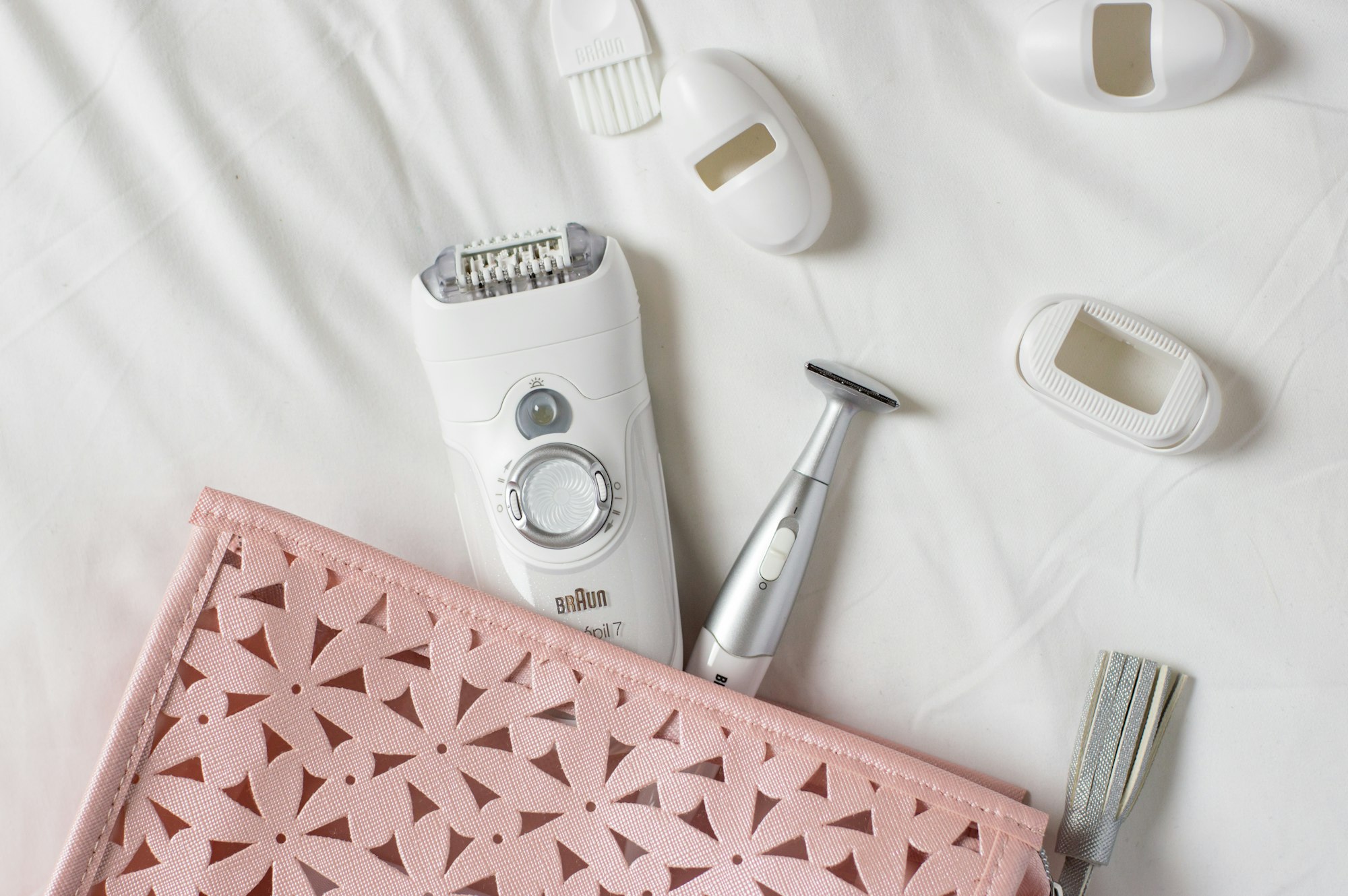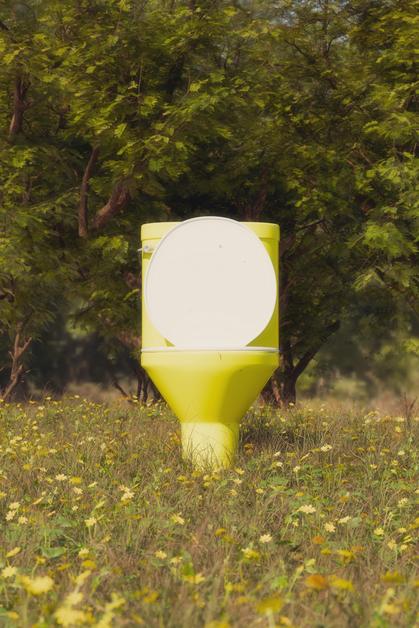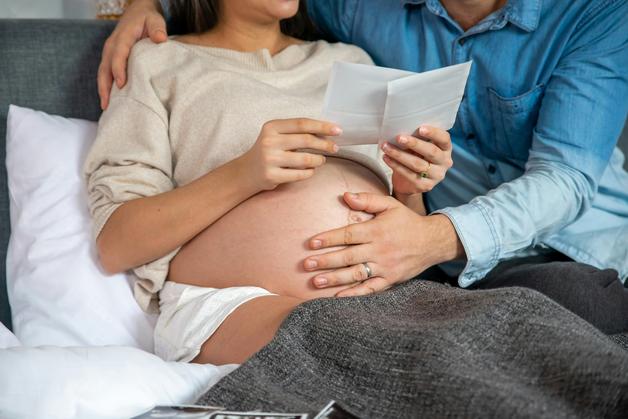Thinking about bikini wax pregnancy often brings a swirl of questions for expectant parents—ranging from safety to comfort, from hygiene to worries about hospital expectations. Picture this: you notice increased hair growth, perhaps some unexpected tenderness, and a touch of anxiety about managing personal care as your body changes daily. Should you be worrying about bikini waxing as your due date approaches? Could waxing impact the birth, your baby, or healing after delivery? Questions buzz, and advice abounds. Let’s take a closer look at where science, medical best practices, and real-world experience intersect—all with empathy, useful solutions, and a heaping dose of trustworthy information.
Understanding Bikini Wax Pregnancy: What Happens and Why
With a bikini wax pregnancy, the goal is simple—removing pubic and inner thigh hair using warm wax that adheres to each strand before being pulled out at the root. Yet, the process becomes far from routine during pregnancy. Skin can turn exquisitely sensitive under the influence of surging hormones like estrogen and progesterone; even previously easy procedures become more intense. Do you feel your skin tingling sooner, or every hair root pinging? That’s vascular dilation and increased blood flow in action—classic effects of pregnancy.
Options vary: a basic bikini wax addresses only hair peeking beyond the underwear line, while an extended bikini wax eliminates more at the sides. Then you have the audacious Brazilian (leaving only a strip or none at all) and the Hollywood (complete removal). In pregnancy, professionals often recommend hard wax or formulas labeled for sensitive skin, as these reduce the likelihood of irritation. With bikini wax pregnancy, don’t be surprised if hair growth is faster, thicker, or more unpredictable than ever before.
Should Bikini Wax Pregnancy Be Part of Pre-Labor Prep?
Set aside the notion that medical teams have preferences about hair. The reality? Obstetricians, midwives, and delivery staff are focused on your health and the baby’s safety—not your grooming routine. There is no expectation, spoken or unspoken, for anyone to have a bikini wax pregnancy before birth. Personal comfort wins every time.
But, what if a cesarean section (C-section) comes into play? This specific scenario changes the conversation slightly. To keep the surgical field clear, a small strip (often just a few centimeters) above the pubic bone may need to be hair-free. Usually, medical staff perform this micro-shave at the hospital if needed. Don’t love the idea? Many parents opt for a professional bikini wax pregnancy late in the third trimester—only if it feels right for them—anticipating the small area required. After a perineal procedure (like an episiotomy), strict avoidance of waxing for at least a month supports proper healing.
Bikini Wax Pregnancy: Medical Research and Current Recommendations
Is a bikini wax pregnancy medically sound? The answer, supported by dermatologists and obstetricians: generally yes, provided hygienic conditions and proper technique are used. Extensive studies have not drawn a link between waxing and adverse pregnancy outcomes—miscarriage is not attributed to waxing. However, skin is often more delicate, making reactions such as redness, swelling, and increased pain more pronounced.
Key word: guidance. Always check with your healthcare provider—especially in late pregnancy or with any medical complications. Avoid waxing over inflamed, broken, or infected skin, and postpone the procedure if you experience rashes, melasma (pregnancy pigmentation), or varicose veins in the bikini region.
Physiological Changes That Shape the Bikini Wax Pregnancy Experience
Hormonal symphonies in pregnancy rarely keep quiet. Increased estrogen ramps up hair growth for some—pubic hair may sprout faster, thicker, and cover a broader area than before conception. For others, hair might appear softer or even diminish. These changes are variable but consistent in making hair removal more challenging.
Blood flow rises, which feeds the skin and hair follicles but makes the area hyper-reactive. After a bikini wax pregnancy, reactions like redness, tiny bumps, and even folliculitis (hair follicle infection) arise more readily; minor bleeding is also common. Ingrown hairs—a consequence of hair re-entering the skin—are annoyingly frequent. Light pre-wax exfoliation and cooling, fragrance-free aftercare help stave off these effects.
Benefits and Drawbacks: Is Bikini Wax Pregnancy Worth It?
Advantages abound:
- Long-lasting smoothness: Results may last three to six weeks—particularly appealing as pregnancy limits mobility.
- Personal hygiene: Some parents appreciate feeling fresh, especially as sweating can intensify.
- Confidence: For some, a tidy bikini zone helps foster body positivity and a sense of readiness for labor.
Drawbacks and side effects provide necessary pause:
- Increased discomfort: Pregnancy skin is simply more reactive.
- Occasional swelling and minor bleeding: These are not usually dangerous but can be alarming.
- Risk of allergic reactions: Waxing products, even those for sensitive skin, sometimes trigger a response. Always patch test, especially during pregnancy.
Safe Practices for Bikini Wax Pregnancy: Preventing Problems
A few straightforward precautions dramatically increase safety:
- Opt for salons with stellar reviews for hygiene and pregnancy experience.
- Specify your pregnancy and trimester to your aesthetician; this ensures they choose suitable wax and adjust technique.
- Choose hard wax with calming ingredients (e.g., jojoba, beeswax, vitamin E) for the skin’s sake.
- Maintain hair length between ¼ and ¾ inch for best results—shorter or longer causes extra pain or breakage.
- Take breaks as needed. Discomfort is normal but should never become intolerable.
- Immediately after waxing, stick with aloe vera gel or a gentle, fragrance-free moisturizer. Loose clothing is your best friend; say no to heat, tight clothing, and chemical irritants for 24 hours.
When to Avoid Bikini Wax Pregnancy
Safety nets matter in parenthood and in personal care. Skip or postpone bikini wax pregnancy if:
- You’re in the final weeks before birth.
- You notice wounds, open rashes, melasma patches, or new varicose veins in the target area.
- You’re managing a skin infection or being treated with medications that slow healing.
- Your pregnancy is classified as high-risk by your medical provider.
If there’s persistent redness, rising pain, oozing, fever, or severe itchiness after waxing—raise it with your healthcare provider. These could signal infection or an allergic reaction—rare, but never to be ignored.
Exploring Alternatives to Bikini Wax Pregnancy
Not every parent feels comfortable with waxing or may want to explore safer methods:
- Shaving: Straightforward and safe, though tricky as your belly grows; help might be needed.
- Sugaring: Relies on natural sugar paste; often less irritating for those with super-sensitive skin.
- Tweezing or threading: Suited for small areas or precise shaping only.
Options to skip:
- Depilatory creams: Chemicals may irritate pregnancy skin, and safety data is sparse.
- Laser hair removal, bleaching, electrolysis: Not advised; insufficient research and possible unpredictable reactions.
Bikini Wax Pregnancy: Addressing Unfounded Fears
Misconceptions are common—”Is waxing dangerous for the baby? Risky for labor?” Science provides reassurance: no correlation with miscarriage or adverse fetal effects. But, as always, technique and hygiene count more than ever. Poor wax hygiene, failure to recognize skin conditions, or using unsuitable products—these are the real sources of trouble.
Real Experiences and Evidence-Based Tips
Ask parents who have been there—stories abound. Some mention pain increases but also that longer-lasting smoothness is worth an extra ounce of caution. Experienced professionals, a gentle environment, careful pre- and post-care, and the liberty to stop if things feel wrong—these are non-negotiables.
Practical how-to:
- Schedule waxing in your second trimester, when sensitivity generally lessens.
- Breathe deeply; distraction techniques can help.
- Keep aftermath simple: soothing gels and patience. If discomfort escalates, switch to sugaring or stick to shaving.
Choosing Safe Products: The Best for Bikini Wax Pregnancy
Products matter. Choose hard wax beads or formulas labeled for “sensitive skin”—scan for ingredients such as beeswax, jojoba, or vitamin E. For aftercare, lean on fragrance-free lotions and basic antiseptics. Skip harsh chemicals, perfumes, and dyes while your skin recovers.
Key Takeaways
- Bikini wax pregnancy is safe for most, with extra attention to hygiene and sensitivity.
- No one in a hospital setting will expect a waxed bikini line—this is about personal comfort, not medical protocol.
- For C-sections, only a tiny area needs to be hair-free, managed in the hospital or at home.
- Waxing is off-limits on healing wounds, within a month of perineal repair, or in high-risk pregnancy situations.
- Pros and cons exist: smoothness, comfort, and confidence versus higher sensitivity, swelling, and rare allergic reactions.
- Safe alternatives exist–sugaring and shaving top the list.
- Persistent redness, pain, or signs of infection warrant immediate medical advice—never brush off complications.
- Trustworthy resources, expert advice, and health professionals are ready to support you in your choices.
- Download the Heloa app for personalized guidance and free health questionnaires for your children—an extra wave of support when you need it most.
Whether you’re contemplating your first bikini wax pregnancy or rethinking your go-to method, knowledge and reassurance pave the way for informed, confident choices. Each choice reflects your unique journey, grounded in science and self-respect.
Questions Parents Ask
Can I get a bikini wax during the first trimester of pregnancy?
Yes, many future parents continue their hair removal routines in early pregnancy. Just know that hormonal changes can amplify skin sensitivity, which may make waxing feel more intense than usual. If you choose to book a session in the first trimester, it’s helpful to notify the salon of your pregnancy, so the professional can offer extra gentleness and select soothing products. Remember, your comfort is essential—don’t hesitate to pause or stop the session if it feels too uncomfortable.
Are there specific signs that I should avoid waxing while pregnant?
Absolutely, certain situations call for extra caution. If you notice skin rashes, open sores, or any breaking of the skin in the bikini area, it is necessary to delay waxing until the area has completely healed. Allergy flare-ups, unusual irritation, or signs of infection like redness or swelling also signal it’s best to postpone. If you experience any new changes in your skin or have underlying health concerns, checking with your healthcare provider will bring peace of mind.
How can I make bikini waxing less uncomfortable during pregnancy?
Pregnancy often heightens sensitivity, so a few gentle strategies can help. Consider scheduling your wax mid-pregnancy, when the skin might be less reactive. Choosing an experienced technician and expressing your concerns allows for a more tailored approach—gentler techniques, breaks if needed, and adjustment of wax temperature can make a difference. Applying a cool, fragrance-free gel after waxing soothes the area and helps reduce redness. Opt for loose clothing post-session to keep comfort a priority. Remember, your well-being matters: communicating with your provider and listening to your own sensations are always encouraged.









